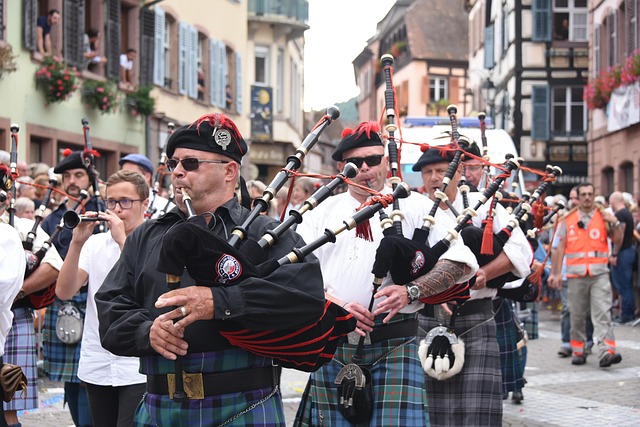Article Title:'High' clefs in composition and performance (Monteverdi)
Abstract:
Modern musicians have treated 'high'-clef notation like a dead language that has to be translated into their vernacular. In the 19th century the translation was achieved by substituting clefs and signatures, creating the false impression that 'high' clefs implied transposition by a 3rd. In the 20th century it was achieved by universally adopting an easy-to-read vocal-score format that obliterated essential characteristics of the original clef-combinations. Hermelink tried to bring those characteristics back to the fore, but posited a false origin (the ten-line staff) for the normal and 'high' standard clef-combinations that attached more discrete meanings to them than they ever really had. They seem instead to be a product of imitative counterpoint, which necessitated a uniform configuration of the vocal ensemble, and modal factors, which necessitated transpositions that could be either committed to the page or entrusted to the performers. Normal-clef concordances of 'high'-clef works show how the 'high' clefs were interpreted in practice, and accord with the edicts of later theorists. 'High'-clef bass parts were frequently set a 3rd, rather than a 5th, below the tenor to facilitate transpositions that yielded lower tenor, alto and soprano parts than those yielded by the normal clefs. The late Renaissance habit of using of high-looking notation for low-sounding music is counterintuitive (and somehow harder to accept than the no less anomalous later habit of using of short note-values for adagios and longer ones for allegros). But 'high' notation was a vestige of the time when composers dealt with relative rather than absolute pitches, and the gradual consolidation of pitch standards caused it to become associated with specific rules of transposition. In this context, the low effect of the so-called 'high' clefs makes sense.
Keywords: pitch; high clefs; transposition; notation; Renaissance music
DOI: 10.1093/em/cah190
Source:EARLY MUSIC
Welcome to correct the error, please contact email: humanisticspider@gmail.com



